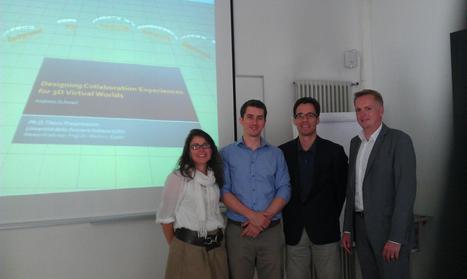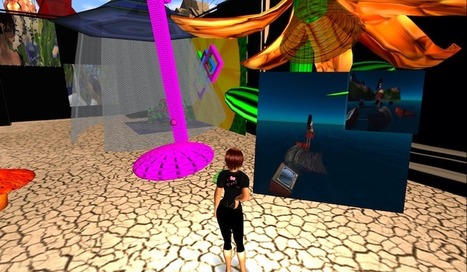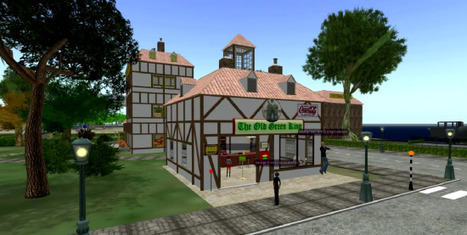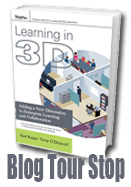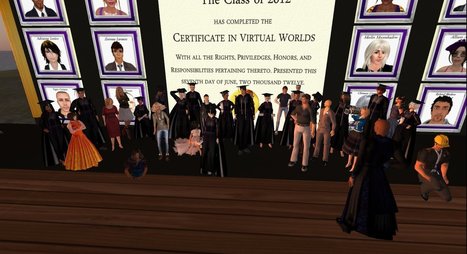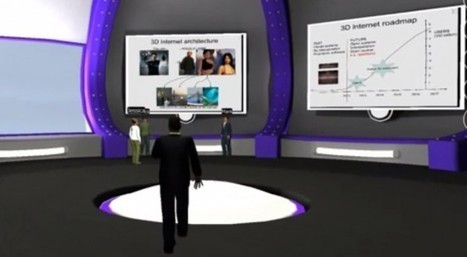http://repository.unimelb.edu.au/10187/15573
Abstract
Virtual worlds are simulated online spaces through which large numbers of people connect in order to work, play and socialize. Examples include massively multiplayer online games like World of Warcraft and open-ended worlds like Second Life. Virtual worlds are differentiated from other systems by their simulation of a persistent three-dimensional landscape, in which users are usually represented as avatars. Virtual worlds host large numbers of users and support a variety of recreational and instrumental uses.
A critical aspect of any collaborative system is communication. In virtual worlds this is especially complex. Most users encounter people who are unknown to them offline. Most maintain a presence in the world over many months or even years, yet may prefer to be pseudonymous or engage in identity-play. Users must simultaneously manage both physical and virtual contexts. Synchronous as well as asynchronous communication is required.
Virtual worlds initially offered only text as a medium for user-to-user communication. More recently, vendors have introduced facilities for communicating by voice. This has made the experience of virtual worlds more convivial for some, and has enabled forms of collaboration that were previously only possible in small experimental systems. But the introduction of voice provoked controversy, with some protesting that it projects too clearly the personal characteristics of speakers, damaging pseudonymity. Some are more sensitive about speaking with strangers than they are typing, and may become less communicative when adopting voice, or more easily dominated by extroverted collaborators. Voice channels are more prone to abuse, and the abuse can be more impactful. Users encounter sound quality problems, and are often uncertain whether they are being heard. Voice is less suited to asynchronous communication, and is more prone to congestion.
It appears that voice works well when conditions suit, but can lead to failed implementations when deployed inappropriately. Yet little research has been conducted to help us understand to which situations voice is suited, whom it benefits and whom it does not, and how it can best be configured to support different activities.
I conducted four studies designed to fill this gap. Two examined the influence of voice on user experience, in the two major types of virtual world. The others examined the interaction between voice and spatiality, the defining feature of virtual worlds, at macro and micro scales. I studied use in naturalistic contexts, collecting data via interviews and diaries and triangulating these with observation, online ethnography, conversation analysis and quantitative measures.
I found that voice transforms the user experience of virtual worlds. It makes some forms of collaboration more efficient. However it interferes with identity-play and the ability of users to manage multiple tasks and conversations. When voice is propagated spatially, it increases immersion, reduces channel clutter, and affords new strategies for team coordination. However verbal references to places and objects often fail.
I discuss these results in the light of post-media-richness theories of communication, arguing that preferences for one modality or another reflect broader issues of managing social presence in virtual and physical contexts.



 Your new post is loading...
Your new post is loading...





